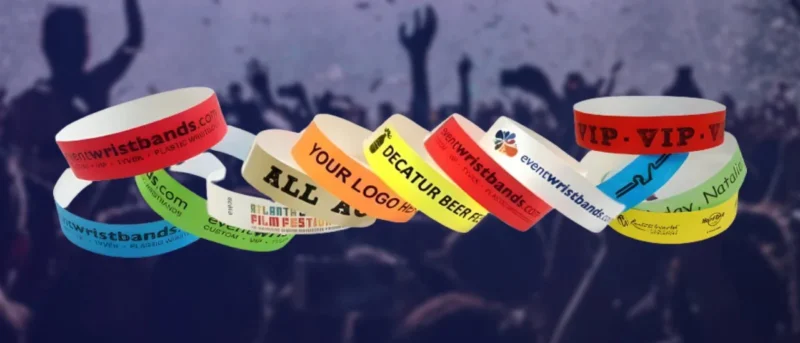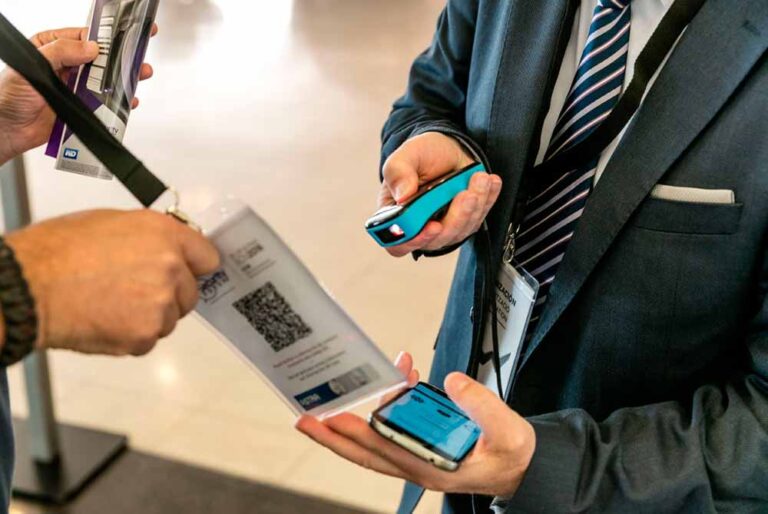In today’s world, organizing a successful and secure event involves more than just planning the logistics and entertainment. Ensuring the safety of attendees and maintaining control over who enters and exits the venue are paramount concerns. Effective access control strategies can prevent unauthorized entry, minimize potential threats, and enhance the overall experience for participants.
Whether it’s a music festival, a corporate conference, or a private gathering, implementing the right access control measures is crucial. One effective tool in this regard is the use of event wristbands, which offer a versatile and secure solution for managing entry and monitoring attendee movement.
The Role of Event Wristbands in Access Control

One of the most popular and effective access control tools used in events today is the event wristband. These wristbands come in various forms, such as Tyvek, vinyl, silicone, and fabric, each offering different levels of security and customization options. They are not just a simple method of identifying attendees; they can be encoded with information such as ticket types, VIP access, age verification, and more.
Event wristbands are particularly effective because they are worn on the wrist, making them hard to lose or transfer. Advanced options even feature RFID (Radio Frequency Identification) or QR code technologies, enabling seamless integration with digital systems for real-time monitoring of entry and exit points, cashless payments, and personalized attendee experiences.
Key Strategies for Implementing Access Control
A successful access control strategy for events involves several key components. Firstly, understanding the nature of the event and its specific security needs is essential. For instance, a high-profile concert will have different requirements compared to a private business seminar.
- Pre-Event Planning and Risk Assessment: Conducting a thorough risk assessment to identify potential security threats is the first step. This helps in deciding the level of security required and the best methods for implementing access control. For example, if the event involves celebrities or VIPs, additional security measures such as multiple layers of wristband checks and metal detectors may be necessary.
- Choosing the Right Wristband: The choice of wristband depends on the event’s nature and the level of security needed. Tyvek wristbands are cost-effective for short-term use, while fabric or RFID wristbands are suitable for multi-day events or those requiring higher security levels. Using event wristbands with unique designs or tamper-evident features can prevent counterfeiting and unauthorized duplication.
- Integration with Technology: Implementing technologies such as RFID or QR codes integrated into wristbands can streamline entry processes and enhance security. These technologies allow for quick scanning and verification, reducing queue times and improving the overall attendee experience. Real-time data collection and analytics can also help organizers monitor crowd density and respond to security concerns promptly.
- Training and Staffing: Properly trained staff are crucial in ensuring the smooth execution of access control. Security personnel should be trained to recognize genuine wristbands and handle situations where unauthorized access attempts are made. Clear communication with attendees about access control procedures can also minimize confusion and enhance compliance.
The Benefits of Effective Access Control

Implementing robust access control strategies offers numerous benefits beyond just security. It helps in crowd management, ensuring that the venue does not exceed its capacity, which can be critical for health and safety regulations. It also allows for personalized experiences, such as VIP areas or special event zones, enhancing the value for attendees.
Conclusion
In conclusion, access control is a vital aspect of event management that should not be overlooked. Utilizing tools such as event wristbands alongside other security measures can significantly enhance the safety and success of any event. By carefully planning and implementing these strategies, event organizers can ensure a secure and enjoyable experience for all attendees.


